
Featured Blog
RBAC: Protect Your Workflows from Unauthorized Access and Terrors
Learn what Role-Based Access Control (RBAC) is and how Orkes Conductor uses RBAC to secure workflows, prevent unauthorized access, and keep your autom...
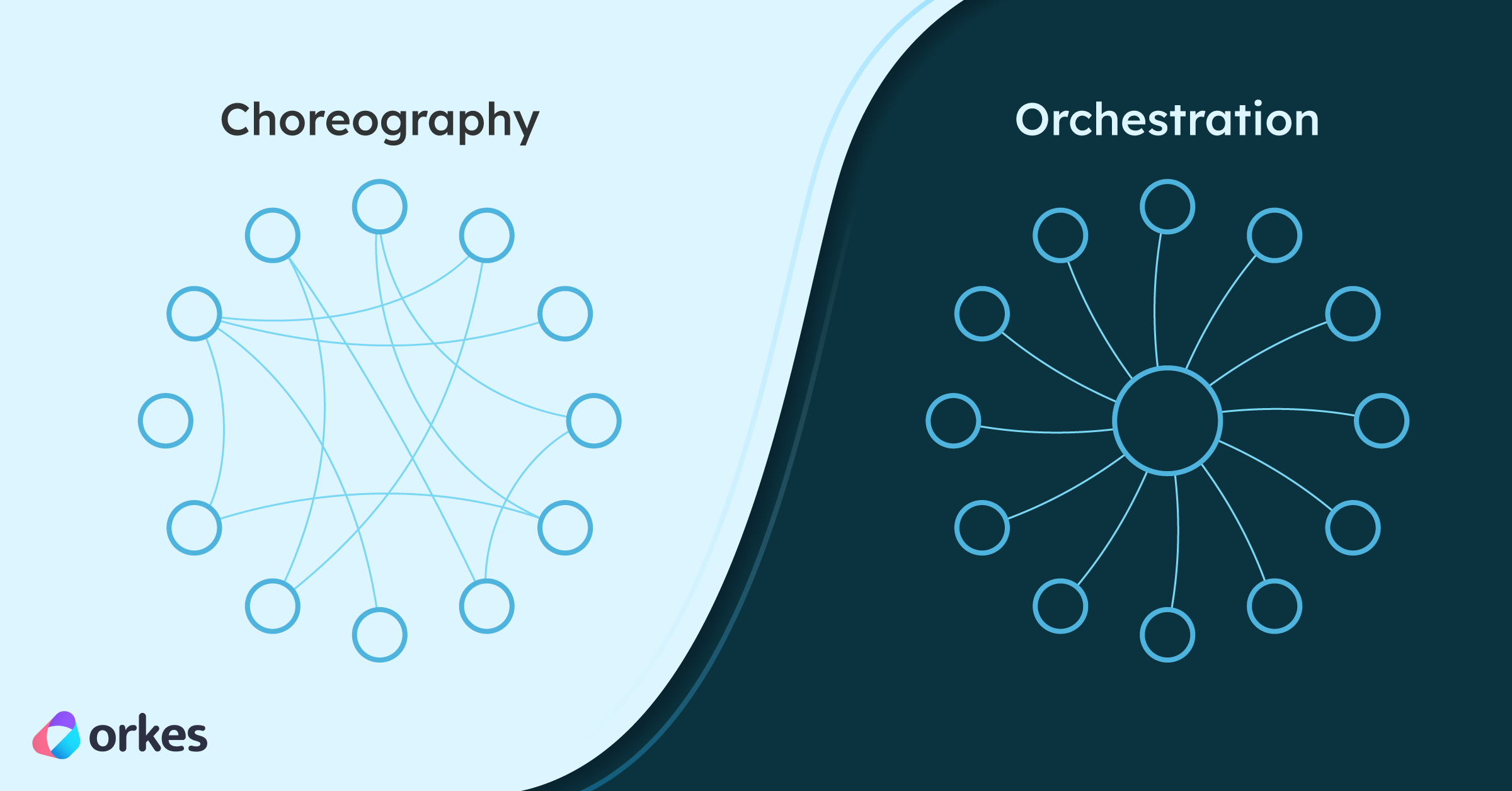
ALL, ENGINEERING
Time to Finally Understand Orchestration vs. Choreography
2025-10-03
Orchestration and choreography are two strategies for managing communication between services. Orchestration gives clarity and control, while choreogr...
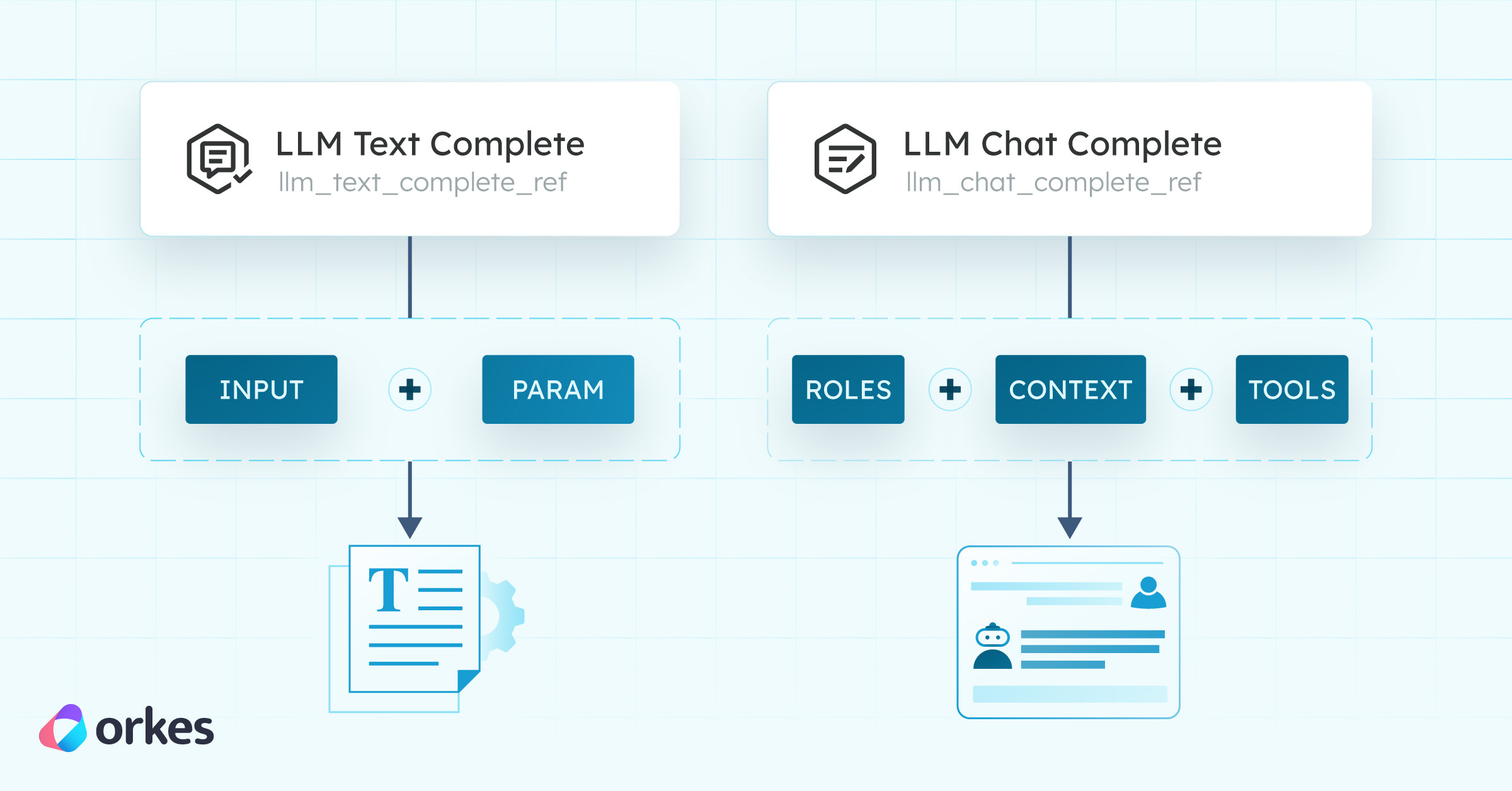
ALL, PRODUCT, ENGINEERING
The Difference Between LLM Text Complete and LLM Chat Complete in Orkes Conductor
2025-09-22
A quick breakdown between the two agentic tasks powering your Conductor workflows. What they are and when to use each....
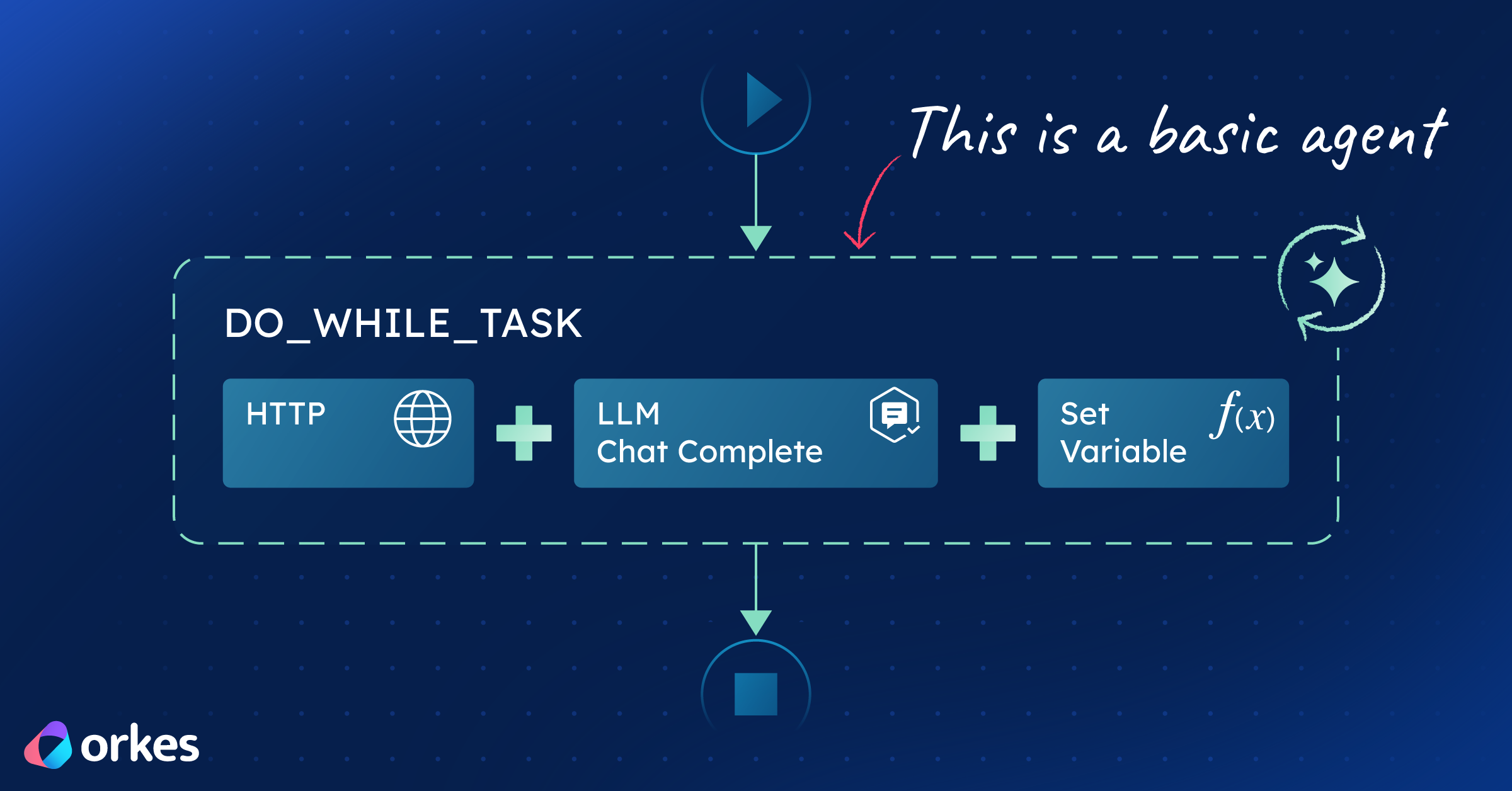
ALL, AGENTIC, ENGINEERING
Build a Tiny, Useful AI Agent in Orkes Conductor
2025-09-10
A hands-on way to see how a simple AI agent actually works....
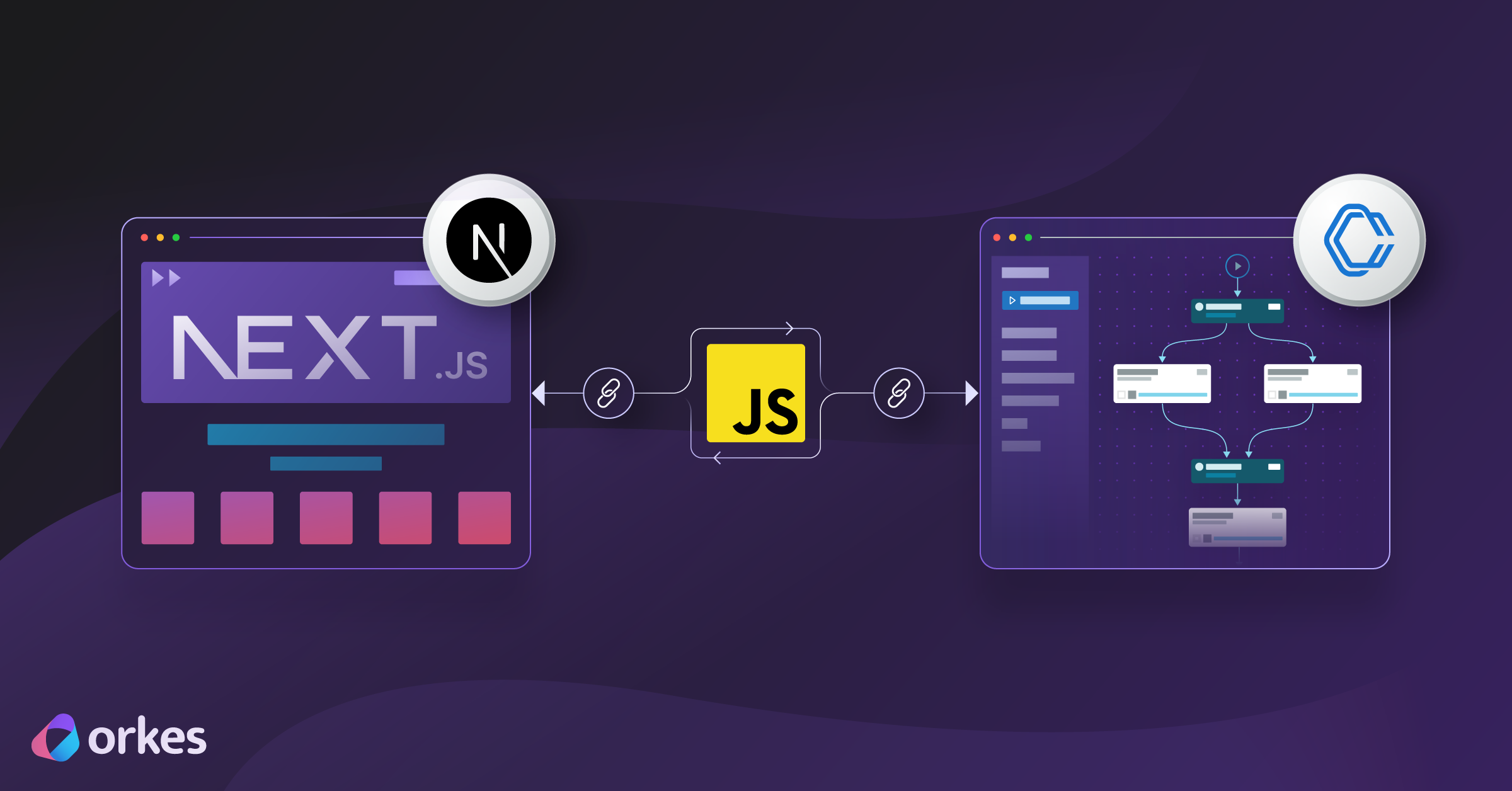
ALL, AGENTIC, ENGINEERING
Connecting Next.js Applications to Orkes Conductor Using the JS SDK
2025-09-10
A quick and easy guide to connecting your NextJS app to your Orkes Conductor workflow. With code examples, as always....

ALL, AGENTIC, ENGINEERING
The Secret to Stronger Agentic Workflows Is Breaking Prompts into Pieces
2025-08-26
Breaking big prompts into smaller ones makes workflows clearer, faster, and stronger. Here’s how to do it with Orkes Conductor....

ALL, COMMUNITY
Our Second Year At Fintech_Devcon Was Amazing!
2025-08-20
Recap of fintech_devcon 2025: intimate, inspiring, and filled with community, connection, and a few surprise highlights....
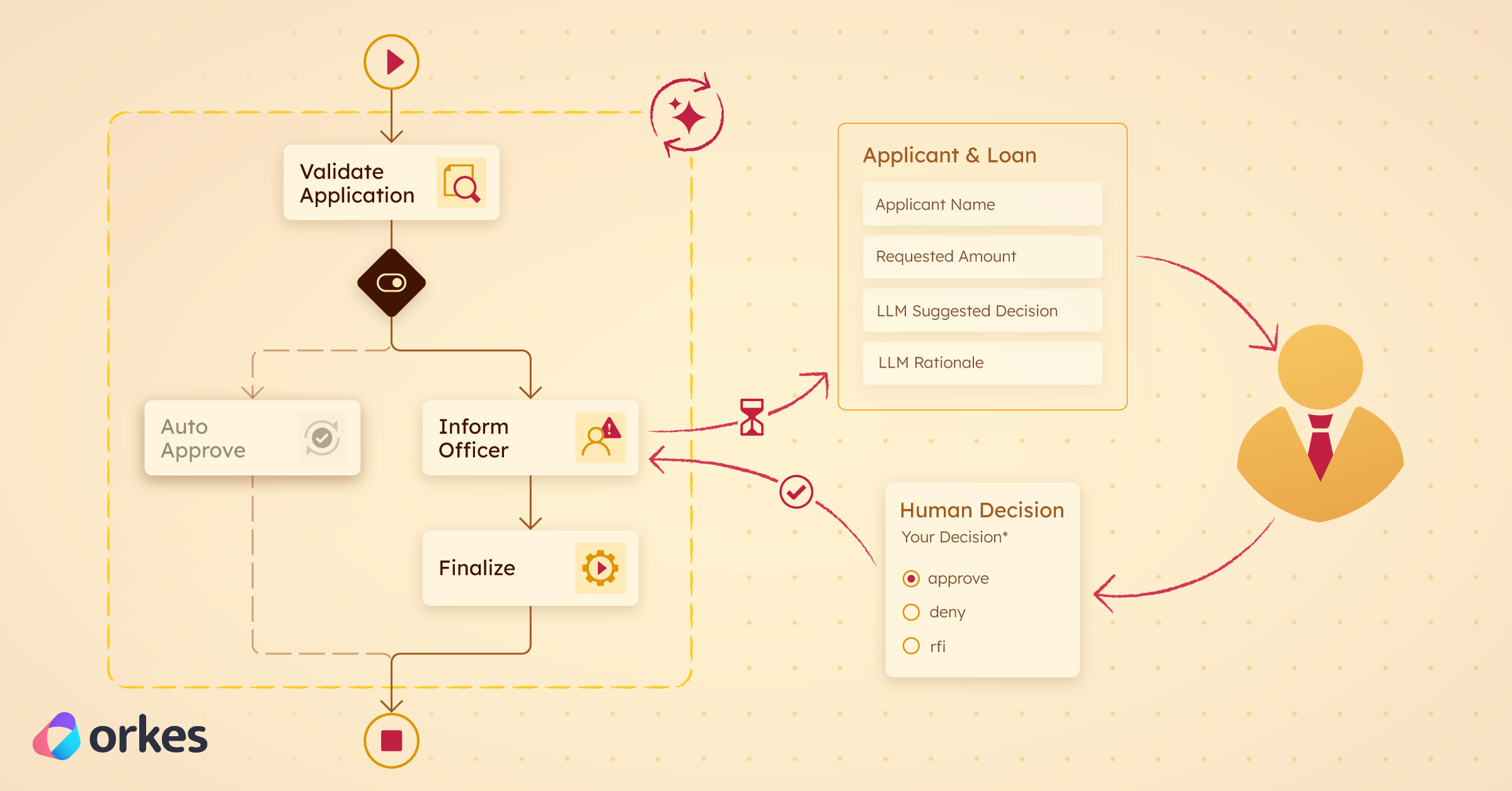
ALL, AGENTIC, ENGINEERING
Human-in-the-Loop in Agentic Workflows: From Definition to Walkthrough Demo and Use Cases
2025-08-18
What exactly is a human-in-the-loop and why does it matter for agentic AI? And what happens when humans and AI make decisions together in real time?...

ALL, ANNOUNCEMENTS
Introducing Proxy Support for HTTP Tasks in Orkes Conductor
2025-08-04
Securely integrate Orkes Conductor into enterprise environments with Proxy Support for HTTP and HTTP Poll tasks....
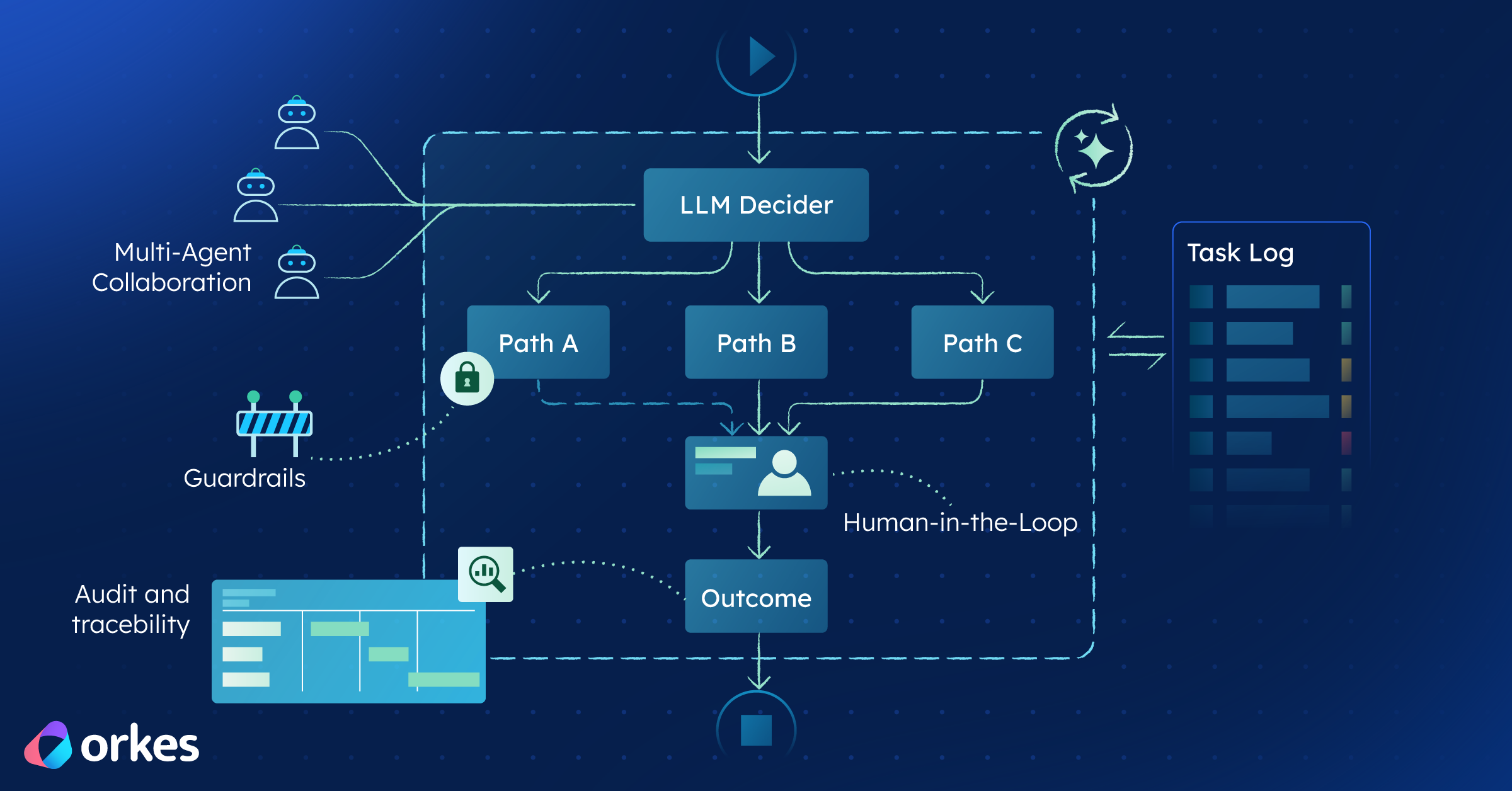
ALL, AGENTIC
Why You Can’t Scale Agentic Workflows Without Orchestration and How Conductor Delivers
2025-07-22
A concise playbook for running agentic workflows in production: guardrails, checkpoints, and the Conductor features that eliminate common performance ...
- …
Ready to Build Something Amazing?
Join thousands of developers building the future with Orkes.







